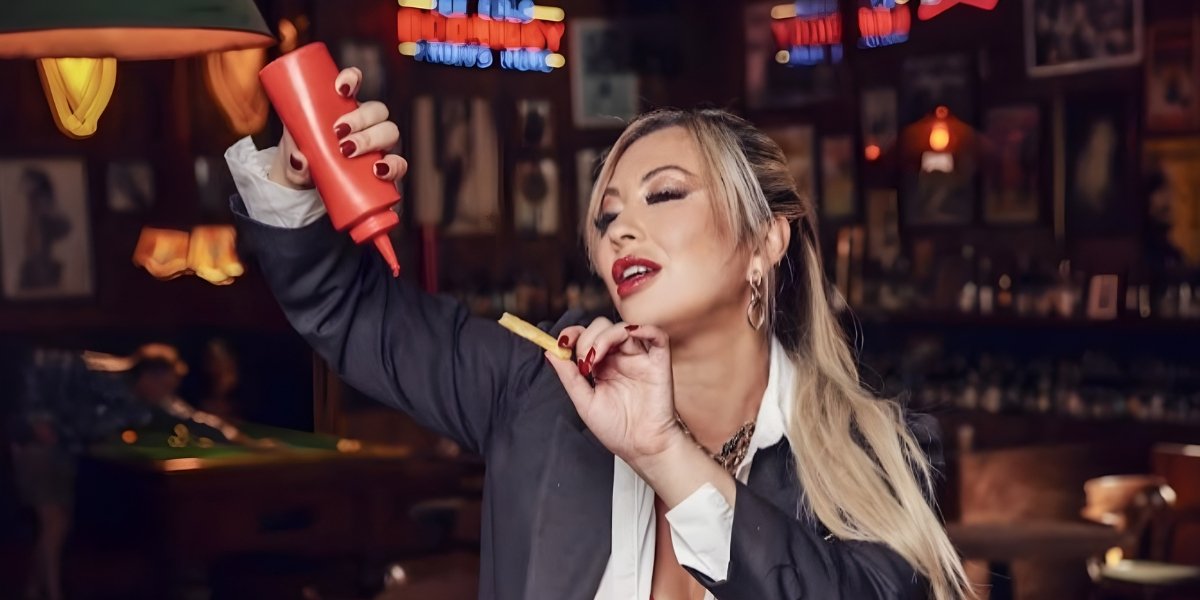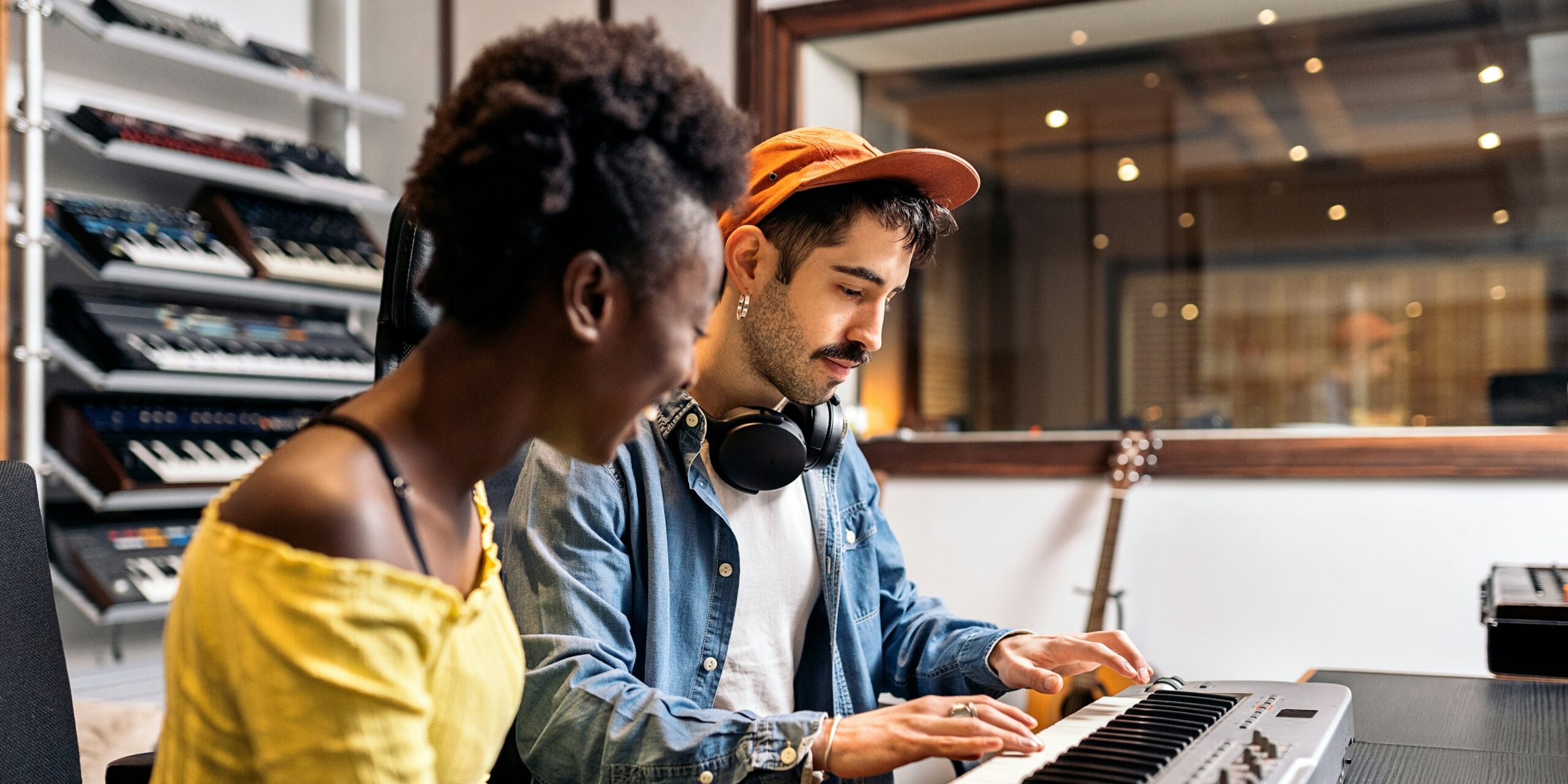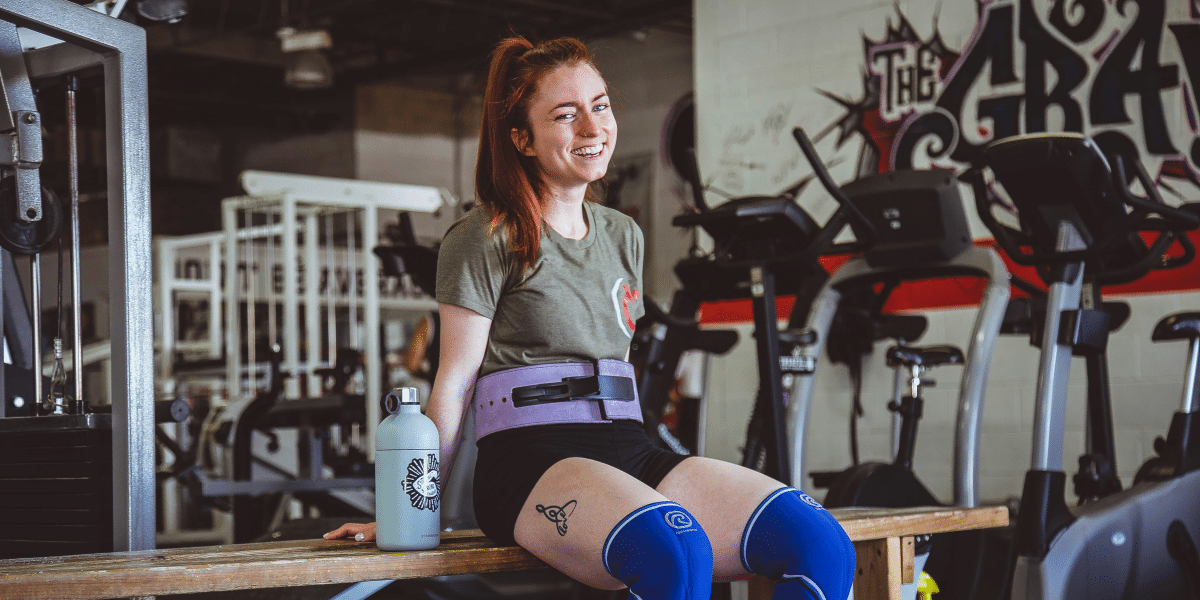What Fashion Design Involves
Fashion design is the process of creating clothing and accessories that combine function, form, and visual appeal. It includes sketching ideas, selecting materials, and shaping garments to fit the human body. While the final product may vary, the process often begins with a concept or theme that guides design choices.
Designers consider silhouette, proportion, and texture when developing ideas. Silhouette refers to the overall shape of a garment, such as fitted, flared, or boxy. Proportion involves how different parts of the garment relate to each other, such as sleeve length compared to hemline. Texture includes the surface feel of materials, which affects comfort and appearance.
Fashion design also includes practical concerns. Garments must be wearable, durable, and suited to their intended use. Designers think about movement, climate, and care instructions when choosing fabrics and construction methods.
Color plays a central role. Designers use color to express mood, highlight features, or create contrast. They may work with seasonal palettes or draw inspiration from art, nature, or culture. Color theory helps guide these choices, including how colors interact and influence perception.
Tools and Techniques Used by Designers
Fashion design combines creative thinking with technical skill. Designers use a range of tools to bring ideas to life, from hand sketches to digital software. Sketching helps visualize shape and detail, while software allows for adjustments and pattern development.
Pattern-making is a key technique. Patterns are templates used to cut fabric into specific shapes. These shapes are then sewn together to form a garment. Patterns may be drafted by hand or generated digitally. Understanding measurements and body proportions is essential for accurate pattern-making.
Sewing is another core skill. Designers learn how to stitch seams, attach fasteners, and finish edges. They may use machines or hand techniques depending on the garment’s complexity. Knowledge of stitching types and fabric behavior helps ensure durability and fit.
Draping is a method of shaping fabric directly on a dress form. This technique allows designers to experiment with folds, gathers, and structure before finalizing a pattern. Draping is often used for evening wear or garments with fluid movement.
Fabric selection affects both design and function. Designers consider weight, stretch, and breathability when choosing materials. Natural fibers like cotton and silk offer softness and comfort, while synthetics like polyester provide durability and shape retention.
How Beginners Can Start Practicing Fashion Design
Starting in fashion design doesn’t require advanced tools or formal training. Beginners can begin by observing clothing construction, sketching ideas, and experimenting with simple projects. Understanding how garments are made helps build confidence and clarity.
Sketching is a useful starting point. Beginners can draw basic shapes and add details such as seams, buttons, or pleats. These sketches don’t need to be perfect. They serve as a way to explore ideas and develop visual thinking.
Studying existing garments helps. Turning clothes inside out reveals how seams are placed and how pieces are joined. This observation supports learning about structure and technique without needing specialized equipment.
Simple sewing projects offer hands-on experience. Making a tote bag, pillowcase, or basic skirt introduces stitching, measuring, and finishing. These projects help build familiarity with tools and materials.
Learning fashion vocabulary supports communication. Terms like “bias cut,” “dart,” or “hem” describe specific techniques and features. Understanding these terms helps when reading guides, watching tutorials, or speaking with others in the field.
Beginners may also explore digital tools. Free or low-cost design software allows for sketching, pattern drafting, and color testing. These tools support experimentation and help visualize ideas before fabric is used.
Building Confidence Through Practice and Observation
Fashion design is a skill that develops through repetition and reflection. Beginners benefit from observing how clothes are worn, how fabrics move, and how styles change. This observation helps refine taste and improve decision-making.
Trying different styles supports growth. Designing casual wear, formal pieces, or accessories helps identify preferences and strengths. Each project offers new challenges and insights.
Feedback is helpful. Sharing work with peers or mentors provides perspective and encouragement. Constructive input helps identify areas for improvement and supports continued learning.
Mistakes are part of the process. Uneven seams, misaligned patterns, or fabric issues offer lessons in technique and planning. These experiences help build resilience and problem-solving skills.
Fashion design combines creativity with structure. By learning basic techniques, observing garments, and practicing regularly, beginners can build a strong foundation. The process is gradual and flexible, allowing each person to develop at their own pace.
Sources:
Fashion Design Basics for Beginners
https://www.masterclass.com/articles/fashion-design-basics
How to Start Fashion Designing at Home
https://www.fashiongonerogue.com/how-to-start-fashion-designing-at-home/
Fashion Design Terms Every Beginner Should Know
https://www.fibre2fashion.com/industry-article/9274/fashion-design-terms-every-beginner-should-know










